Applying the sales percentage discount calculation is one of the shopping stimulation methods, commonly used in marketing.

1. What is a percentage sales discount?
Sales percentage discount is a percentage discount that the seller gives to the buyer, often applied to promote the purchasing needs of potential customers.
Percentage sales discounts are often accompanied by conditions such as: payment in cash, quantity purchased to receive a discount or early payment… agreed upon in economic contracts or commitments. purchase.
Applying a percentage sales discount calculation can depend on many circumstances but is often to compete, attract customers, introduce new products, maintain customer loyalty or even to discharge customers. old warehouse quickly.

The sales percentage discount rate chosen is usually equivalent to the cost of capital and can be adjusted. To be able to offer a reasonable discount rate, carefully calculating costs, current revenue and target revenue is necessary for businesses.
At the same time, the percentage discount rate will also be related to risk issues, cash flow and other issues in the economy.
Above are the basic concepts and characteristics of percentage discounts in sales.
- So should we apply percentage discounts in sales?
- What is the way to apply sales percentage discounts effectively?
- What is the fastest and most common way to calculate sales percentage discount today?
In this article, Malu will provide you with answers to the above questions.
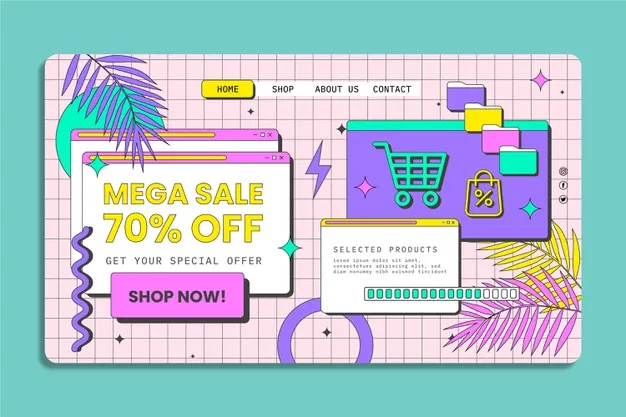
What is a purchase discount?
Purchase discount is simply understood as a discount, return or refund to customers when purchasing goods at original price. Purchase discounts can be applied directly to the order value; Refund after successful purchase or deducted from subsequent orders.
Purchase discounts are often used by brands as a pricing strategy in marketing and business activities. Purchase discounts help attract customers and increase sales efficiency, more specifically, increase sales.
In business, purchase discounts are applied to both B2B and B2C customers.
For B2B customers, purchase discounts are considered the difference between the listed price and the selling price to distributors and agents. This is also the profit that the brand cuts for its distributors and agents.
For B2C customers, this form is often used in trade marketing activities. The brand will directly discount the listed price at points of sale and display shelves.
In this case, customers are easily attracted by products they use a lot and have competitive prices. They will often have the mentality of wanting to buy and hoard to benefit from the price at this time.
Purchase discount activities are often suitable for campaigns to launch new products, expand coverage, push inventory, stimulate purchases within a certain time, etc.
2. Why should you apply a percentage sales discount?
Sales discounts are frequently used by businesses to attract the attention of potential customers.
Discounts when selling products are not only beneficial for customers because they can save on shopping costs, but discounts will also bring certain benefits to businesses.
So what are those benefits?
2.1. Percentage discounts increase sales in the short term
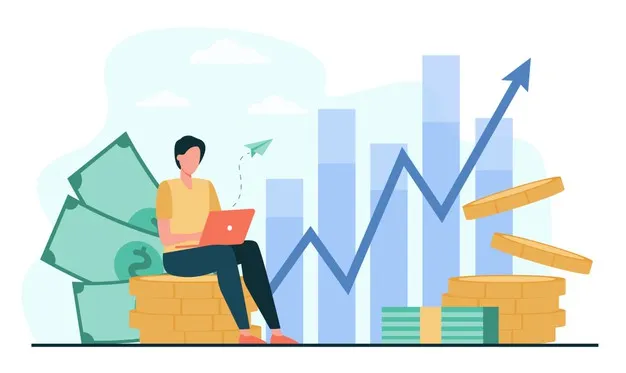
Offering discounts on sales is one of the fastest ways to attract customer attention and thereby increase sales.
Some of the most common types of discounts such as Flash sales or Seasonal sales are all types of discounts that attract customers and increase short-term profits extremely effectively.
An attractive percentage discount will also bring price competitiveness to the product, because customers always want to be able to save maximum costs when purchasing.
With the same product or similar service, customers will prioritize buying products with more attractive discounts.
By using sales discounts, businesses can attract more customers to them, thereby increasing sales as quickly as possible.
2.2. Percentage discounts clear excess inventory
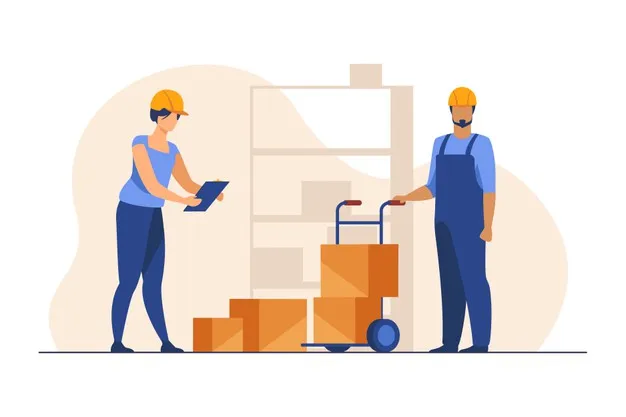
Existing inventory is still a headache for many businesses. This problem may occur because the business predicts customer needs incorrectly, or the product quality is low.
So how can businesses deal with excess inventory effectively? The answer is to use discounts when making sales.
Selling inventory at normal prices is not easy for businesses, because customers are not attracted to that item in the first place. To attract customers’ attention to the product, sales discounts are necessary. Therefore, to be able to release inventory, using discount and discount methods can bring businesses certain results.
2.3. Percentage discounts create purchasing demand for new products
In sales, the psychological effect of Fear of Missing Out (FOMO) , which can be understood as “Fear of missing out on something”, can be applied effectively.
This is the fear when you miss out on the interesting, cool things in life that others have the opportunity to experience. This effect also makes you feel anxious when people around you are having more fun and happier experiences than you are.
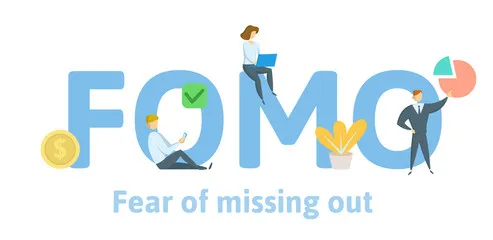
When it comes to customer psychology, the FOMO effect is also mentioned quite often. By creating this effect, customers can be encouraged to make purchasing decisions more quickly, because they are afraid of missing out on any opportunities that are interesting and beneficial to them.
When implementing discount programs, businesses can take advantage of the FOMO effect along with psychological leverage to create purchasing demand for new products and services such as:
- Emphasize missed opportunities such as discounts on new items and products for a certain short period of time.
- Use the “buying” status feature on your sales page by creating pop-ups like “Customer x is buying this product” to attract attention and create buying incentives.
- Create “limited time” opportunities and provide expiration dates for product and service discounts.
- Emphasize that: “Discount time for the product is about to end.” That way, customers will make purchasing decisions faster to enjoy incentives and promotions.
>> Read more: CAPTURE CUSTOMER PSYCHOLOGY: THE SECRET TO SUCCESS OF EVERY BUSINESS
2.4. Percentage discounts attract new customers
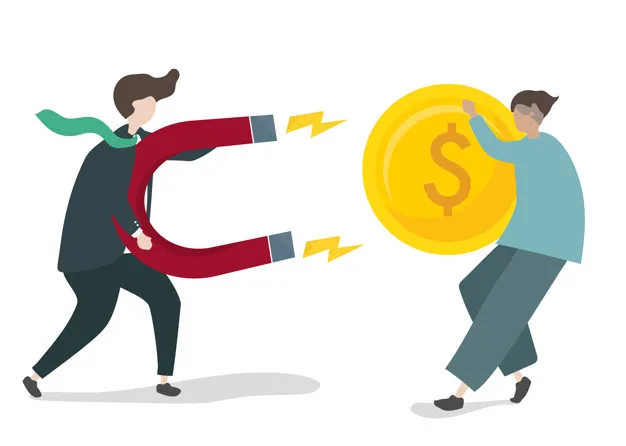
As mentioned above in the article, sales discounts can attract the attention of customers, especially customers who have not paid attention to your products before.
For customers who often pay attention to price when making purchases, they will pay attention to promotional policies and benefits when considering buying a certain product or service.
Here, they will pay special attention to the costs they can save. By using a variety of discounts, businesses can attract the attention of new potential customers and attract them to them.
>> Read more: CAPTURE CUSTOMER BUYING BEHAVIOR IN THE DIGITAL AGE
3. How to calculate sales discount percentage for sales staff
To limit time spent calculating discount rates for products, below are the two fastest ways to calculate sales discount percentages .
3.1. How to calculate percentage sales discount using the general method
The general sales percentage discount calculation is considered the most common discount calculation method, applying the definition of sales discount and mathematical formulas.
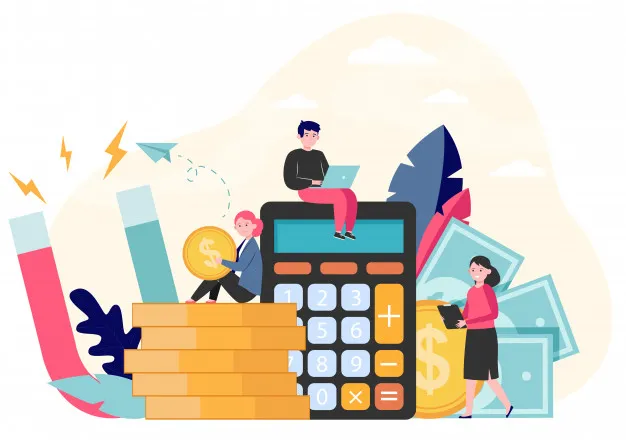
Calculating sales percentage discount using a general method includes the following 3 steps:
- Step 1 : Determine the discount rate: Depending on the corresponding conditions, in accordance with the cost of capital to ensure profit
- Step 2 : Determine the discount: Multiply the original selling price (before discount) by the discount rate
- Step 3 : Determine the price after discount: Subtract the discount from the original price. For example: Original selling price is X; The discount rate is t%; Then the price after discount will be: Y = X – t%.X = (1 – t%).X
3.2. How to calculate sales discount percentage using mental calculation method
As the name suggests, this method will help you calculate very quickly without using a calculator. It will be very convenient when you are negotiating with a customer and need to give a specific number immediately.
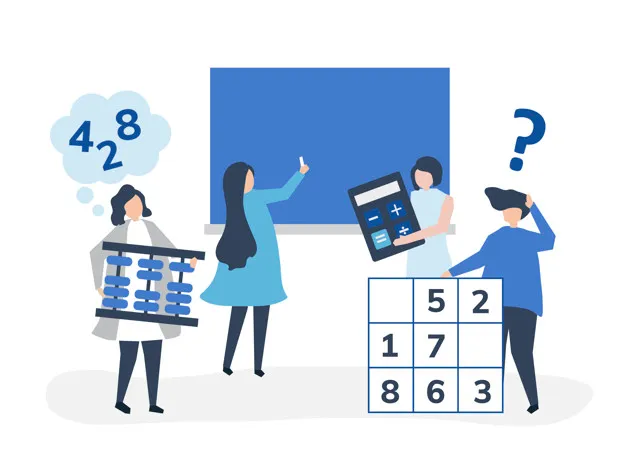
This method is especially effective with discount rates ending in 0 or 5 (15%, 20%, 50%), which are common discount rates.
Calculating sales discounts using a specific mental calculation method includes 4 steps as follows:
- Step 1 : Round the original price to the nearest ten, then divide by 10 (get number A)
- Step 2 : Divide the Discount Rate by 10, and take the integer part (get number B)
- Step 3 : Determine the discount level: multiply the 2 results obtained above together (A x B) and add the number (A/2)
- Step 4 : Determine the price after discount: Subtract the discount from the original price.
The essence of this mental calculation method is to calculate approximate results to give an estimate as quickly as possible.
It can be explained as follows:
Suppose Original Selling Price is X; The discount rate is t%; Then the discount rate will be calculated as follows:
In steps 1 and 2, rounding tens will help you divide numbers by 10 more easily.
In step 3, we add the fraction of 5% of the original price (A/2) omitted in step 2 to get A x B to obtain the closest discount.
For example: the original price of the product is 69,000 VND, you are giving customers a 25% discount, customers want to know specifically how much discount they will receive or how much they have to pay, you just need to mentally calculate each step above. to give quick results:
Rounding the price (70,000 VND) and dividing by 10 we get the number: 7,000
Divide the discount rate (25%) by 10 (2.5), get the integer part: 2
The discount is: 7,000 x 2 + (7000/2) = 17,500
Price: 70,000 – 17,500 = 52,500
After just a few seconds of mental calculation, you can answer customers that they will receive a discount of about 17,000 VND and only have to pay about 53,000 VND for 1 product. If you use a calculator and apply method 1, you will get the exact results: 17,250 VND and 52,750 VND, very close to the mental calculation results.
Discount spreadsheet template for businesses
Purchase or sales discounts are often used in business and marketing activities. Malu introduces you to quick and suitable discount spreadsheet templates.
Sample 1
| No | Product | Price | 5-10 sp | 11-20 sp | 21-50sp | 50-99 sp | >100 sp |
| 0 | ten% | 15% | 20% | 30% | 40% | ||
| first | Products 1 | 139,000 | 125,100 | 118,150 | 111,200 | 97,300 | 83,400 |
| 2 | Product 2 | 159,000 | 143,100 | 135,150 | 127,200 | 111,300 | 95,400 |
| 3 | Product 3 | 219,000 | 197,100 | 186,150 | 175,200 | 153,300 | 131,400 |
Sample 2
| TT | Product | Price | Discount | Price |
| first | Products 1 | 139,000 | ten% | 125,100 |
| 2 | Product 2 | 159,000 | 15% | 135,150 |
| 3 | Product 3 | 219,000 | 15% | 186,150 |
| 4 | Product 4 | 259,000 | 5% | 246,050 |
| 5 | Product 5 | 329,000 | 5% | 312,550 |
| 6 | Product 6 | 559,000 | ten% | 503,100 |
Sample 3
| TT | Client | Address | PLU | Quantity | Unit price | into money | Discount | Must return |
| first | Nguyen Van A1 | Hanoi | MH001 | 1,200 | 12,000 | 14,400,000 | ten% | 1,440,000 |
| 2 | Nguyen Van A2 | Ho Chi Minh City | MH002 | 1.125 | 15,000 | 16,875,000 | 15% | 2,531,250 |
| 3 | Nguyen Van A3 | Hai Phong | MH003 | 2,000 | 17,000 | 34,000,000 | 15% | 5,100,000 |
| 4 | Nguyen Van A4 | Nam Dinh | MH004 | 2,500 | 25,000 | 62,500,000 | 5% | 3,125,000 |
| 5 | Nguyen Van A5 | peaceful | MH005 | 3,400 | 10,000 | 34,000,000 | 5% | 1,700,000 |
| 6 | Nguyen Van A6 | Tien Giang | MH006 | 2,700 | 21,000 | 56,700,000 | ten% | 5,670,000 |
4. Common types of sales discounts
Once you understand the benefits of discounts in sales, businesses can begin to develop promotions and discounts for their products and services.
Before planning sales discounts, businesses need to learn about common types of discounts. In general, there are 5 most common types of sales discounts .
4.1. Bundled Discount
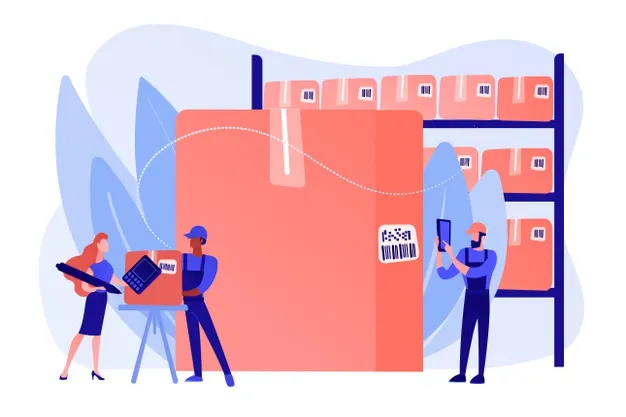
For product bundle discounts , instead of applying a discount to a single type of product or service, businesses can discount a bundle of products or products bundled together.
Applying product bundle discounts can help increase the number of products your business sells.
When businesses sell several products in one order, they sell more products and increase sales.
Besides, this type of discount also helps businesses sell prominent and less prominent products together. That way, businesses can “release” products that are less prominent and do not attract many customers to buy when selling them individually.
However, for this discount method, businesses need to carefully research which types of products to combine into one product package.
If the products are unrelated, customers may think the product bundle is just a sales ploy for the business.
When planning this type of discount, businesses need to consider and classify products that customers often buy together.
4.2. Prepayment Discount
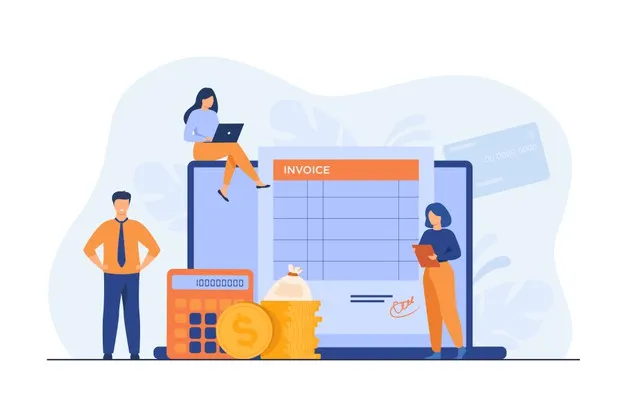
With this type of discount, customers who pay weekly or monthly in advance for a product or service will receive a discount when purchasing.
Prepayment discounts can help increase cash flow, as customers are encouraged to pay before receiving the goods.
That way, businesses can take advantage of customers’ previous payments to buy more production materials or make other important investments.
However, not all industries can apply this sales discount method. Products or services that require recurring payments should use this type of sales discount.
Here, we can take the example of the software business, when customers in this industry can choose the monthly or yearly payment method. Customers who choose to pay annually will receive larger discounts or purchase products at a cheaper price.
If your business can afford recurring payments, consider whether you should use this upfront discount method or whether your target customers can afford it. pay a large sum of money at once or not.
If you find that your customers are willing to pay a discount for recurring fees, plan how you will wisely reinvest the cash flow from previously collected fees.
4.3. Discount when buying multiple products (Volume Discount)
As for multi-product discounts , your customers will be able to pay less for a product, provided they buy that product in bulk. Because you are enticing customers to buy more units of product per order, quantity discounts are a good option when it comes to sales discounts.
With quantity discounts, you create incentives to encourage customers (individuals or businesses) to buy in large quantities.
By offering discounts to high buyers, you are more likely to profit from more sales.
This is also a suitable percentage discount calculation method if you are looking to clear excess inventory or increase the average value per order.
For this type of discount, the most applicable industries are retail and e-commerce. Discounts when purchasing in bulk are also often applied to items in convenience stores or large supermarkets.
Discounts on multiple product purchases are offered to customers as a way to show appreciation and loyalty to customers.
However, when using many of these methods, the value of your product in the eyes of customers will decrease.
By enjoying large discounts when buying products in large quantities, customers will wonder why the product is so cheap, because “you get what you pay for”.
Therefore, businesses should not apply sales discounts when purchasing many products too many times.
4.4. Event / Seasonal Discount
Event or seasonal sales take place around a specific day or season, and they recur frequently.
For this discount method, sales will take place during holidays, such as New Year or Christmas promotions.
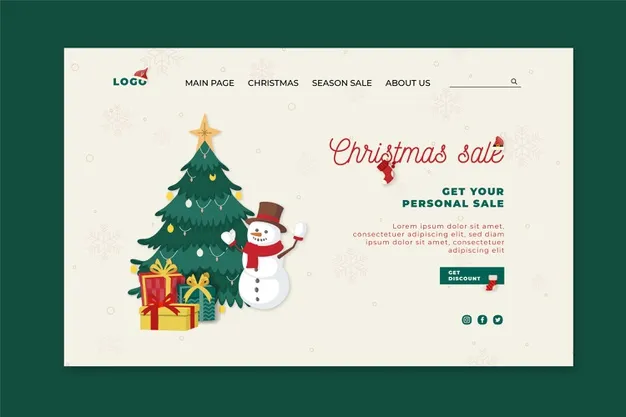
But since these discounts are often created to clear inventory or attract new customers on a larger scale, they likely won’t be for luxury brands.
Because with seasonal or event discounts, your business is likely to attract bargain hunters rather than loyal buyers. As a result, the business’s profits may be affected.
In fact, most Black Friday shoppers tend to flock to items that are at least 76% off, according to Fortune author Phil Wahba. Reducing the price of popular or high-end items to this extent can reduce the value of the product in the eyes of customers.
4.5. Free shipping (Free Shipping)

A type of sales discount that is also quite popular today is free shipping .
Free shipping of products upon purchase also contributes greatly to increasing sales of businesses.
Applying free shipping also helps the Cart Abandonment Rate to be significantly reduced (According to author Cooper Smith of Business Insider).
However, free shipping may result in high packaging and delivery costs. Not charging shipping costs will affect a business if the business is making low profits, or if shipping costs are not included in the product price.
To ensure that free shipping works, you can apply this method when the order reaches a certain standard such as a sufficient quantity or the order meets the minimum value. determined. Or limit free shipping to a specific area, geographic coordinates, or a certain time period.
Before offering free shipping, make sure you have carefully calculated how it will affect your profit margin on each order.
Also, think about how many products your business will need to sell to make it profitable to offer free shipping.
>> Read more: GUIDELINES FOR BUILDING PRICE POLICY FOR BUSINESSES
*Among the types of sales discounts, special attention should be paid to commercial discounts because this type of incentive will be shown on the sales invoice, which can affect tax and accounting procedures.*
5. Why should we not abuse percentage sales discounts?
Although sales discounts bring many benefits to businesses, overusing discounts and incentives to attract customers will also negatively affect the business and sales of the business.
So what are the disadvantages of abusing sales discounts?
5.1. Negative impact on future sales
Regularly applying discounts in sales will make customers always expect to buy products at cheap prices. Therefore, when the business returns to normal prices, many customers may not continue to purchase and they will wait until the business offers the same discount again. With customers waiting Reducing the percentage discount before purchasing will cause business sales to decrease significantly in the future.
Therefore, careful planning before applying sales discounts is essential, because it can greatly affect future revenue and sales.
When you overuse product discounts to attract customers, it will have the opposite effect, making it easy for customers to not buy the product anymore when the product price returns to normal, and sales revenue will result from that. will also decrease.
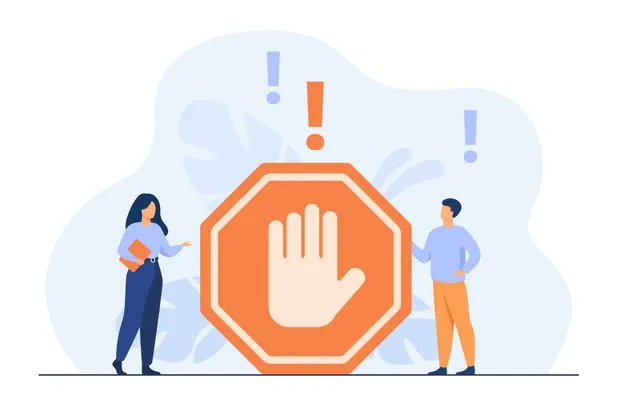
5.2. Abusing percentage discounts reduces product value
How to sell products or services is also a way to convey the value of the products and services.
In sales, businesses always try to convince potential customers that a product or service is useful and can solve their problems. Offering discounts on sales too often will make it difficult for customers to believe it.
It will be difficult for businesses to convey the value of their products to customers if they frequently apply discounts and rebates. Customers often have the mindset of “you get what you pay for”, so applying a discount that significantly lowers the product price will cause customers to underestimate the product quality.
5.3. Reduce profit margins and put pressure on the sales team
Profit margin is the difference between selling price and cost of goods sold (Cost of Goods Sold).
This may be considered the most obvious disadvantage of offering percentage sales discounts . If you are not selling your product or service at the usual price, you are bound to cut your profit margin.
For example, a 50% discount means you have to sell twice as much to reach your revenue goal.
Putting that workload on salespeople can cost them a lot of time. They also have to work harder to meet sales goals. The pressure on a business’s sales team is huge and they may quit when they cannot withstand this pressure.
Therefore, business owners need to come up with a specific sales percentage discount plan to maintain profit margins and not create too much pressure on their sales team.
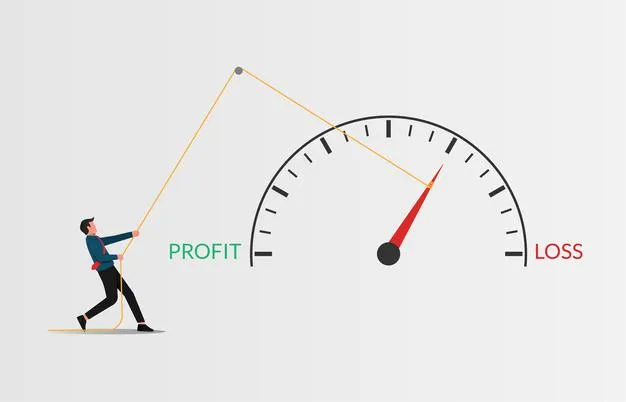
6. How to effectively apply sales percentage discounts?
6.1. Clearly define the goal of the sales percentage discount
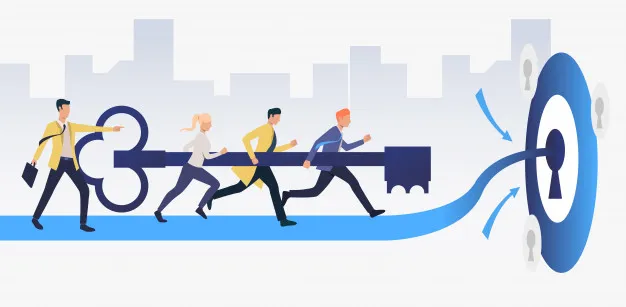
Before choosing a sales discount strategy, business owners need to have clear goals.
Objectives will determine the type of discount the business should apply, the marketing approach, and the target audience the customer will reach.
Some goals that businesses can aim for include: Attracting new customers, increasing sales, attracting customers to make repeat purchases or eliminating excess inventory.
>> Read more: DETAILED INSTRUCTIONS ON HOW TO BUILD SALES GOALS FOR BUSINESSES
6.2. Calculate profit margin
Calculate whether a sales discount would allow a profit to be made on each sale and how much that profit would be.
Here’s how businesses can keep their profits intact when applying sales discounts:
- Minimize Marketing Expenses : While applying discounts to attract customers, ensure that the business does not overspend. For Marketing activities, businesses can focus on advertising products to customers who have contacted or signed up for emails. While your business can spend to attract more potential customers, reduce your Marketing costs to optimize profits.
- Take advantage of Upsells : In addition to discounted items, make sure the business will also sell other related items to customers. Even if it is not possible to increase profits from discounted items, a business can at least increase its profits per order.
>> Read more: UPSELL & CROSS SELL GUIDE TO HELP BUSINESSES BREAK OUT REVENUE
6.3. Calculate the cost of acquiring an additional customer
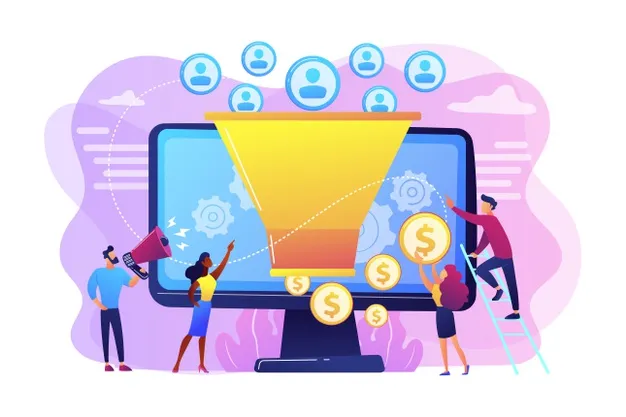
Ideally, business discounts should not increase the cost of acquiring a new customer.
To ensure that a business can receive more revenue than it costs to acquire new customers, here are some techniques that businesses can apply:
- Convert new customers into loyal customers : When new customers buy from your business for the first time, try to convert them into loyal customers. This will increase the lifetime value of each customer, reducing the cost of acquiring a new customer.
- Maximize profits on new customers’ first orders : To increase sales profits, offer bundled products and other related items in addition to your discounted products. Friend. The more a customer buys in their first order, the more you can offset any increase in the cost of acquiring a new customer.
- Reduce the rate of customers abandoning their shopping carts : It’s truly a waste when customers don’t make a transaction at the last minute. Before offering a discount, make sure you’ve optimized your customers’ online shopping experience so cart abandonment rates are low. One way to do this is to send a reminder email a few hours or a day after a customer abandons their cart.
6.4. Determine the target sales to be achieved
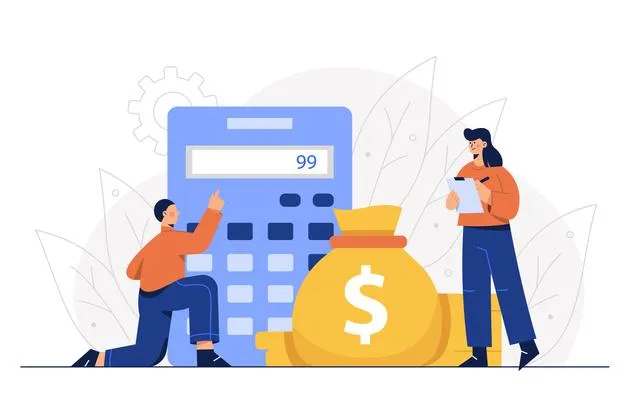
Since increasing sales is a common goal for businesses when offering sales discounts, business owners need to clearly set their sales goals.
But don’t just set an arbitrary number. Make sure your business’s sales goals are high enough to maintain and increase profits, even if profits are slightly reduced from price reductions.
Read more: DETAILED INSTRUCTIONS ON HOW TO BUILD SALES GOALS FOR BUSINESSES
6.5. Track sales discount history
After calculating appropriate sales discounts, businesses need to store and manage discount levels for each different customer list.
Managing sales discounts for many target groups is a challenge for businesses with a large number of customers.
Sales staff need to understand the discount level for each subject and customer group and make adjustments to create discount packages to stimulate sales when necessary.
To do this, businesses need a centralized customer information storage system to help manage all customer data and contact history.
Check out some other good articles:




